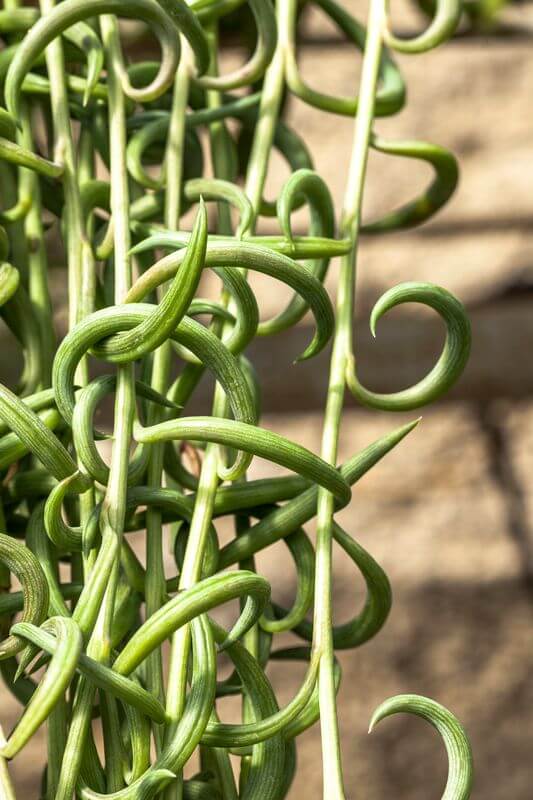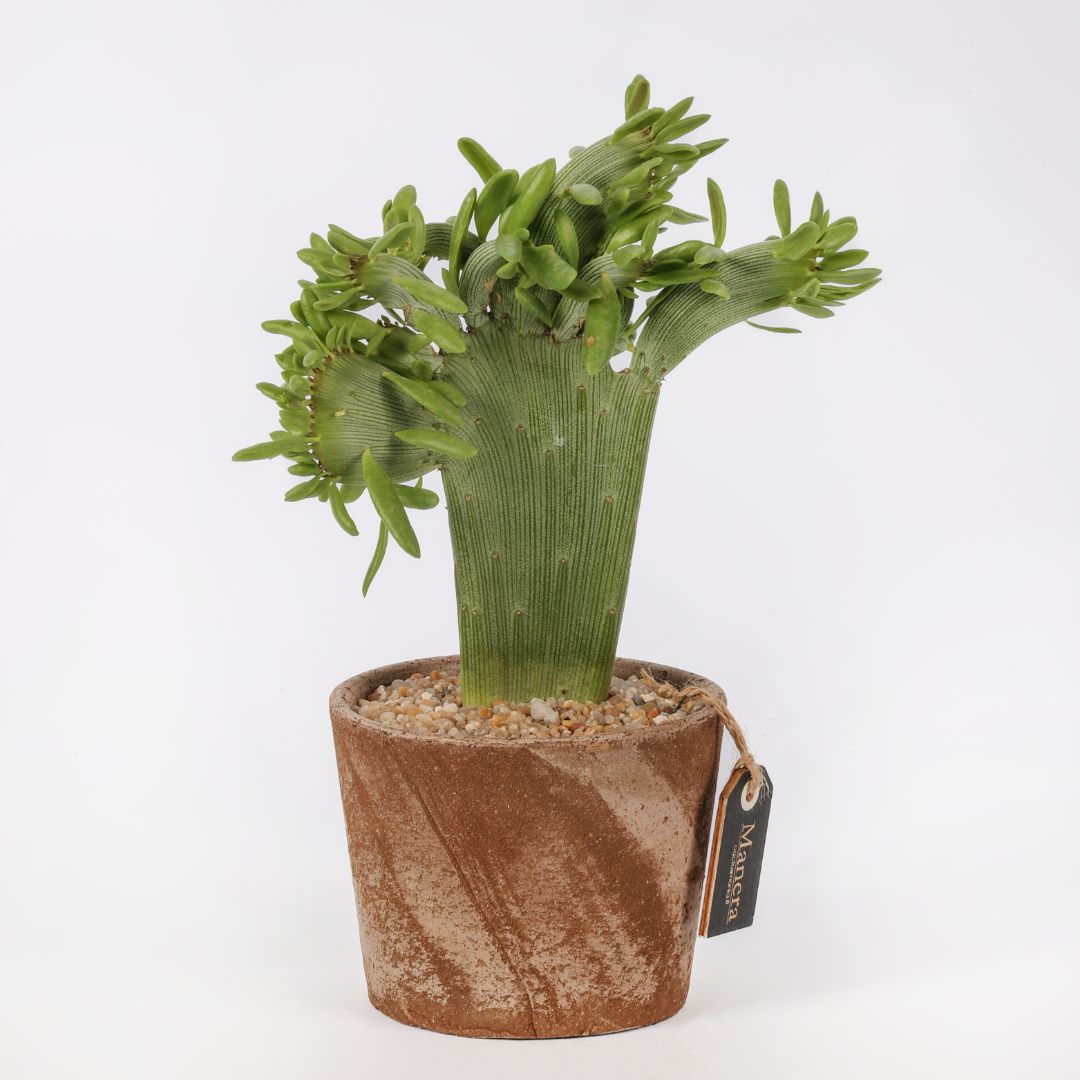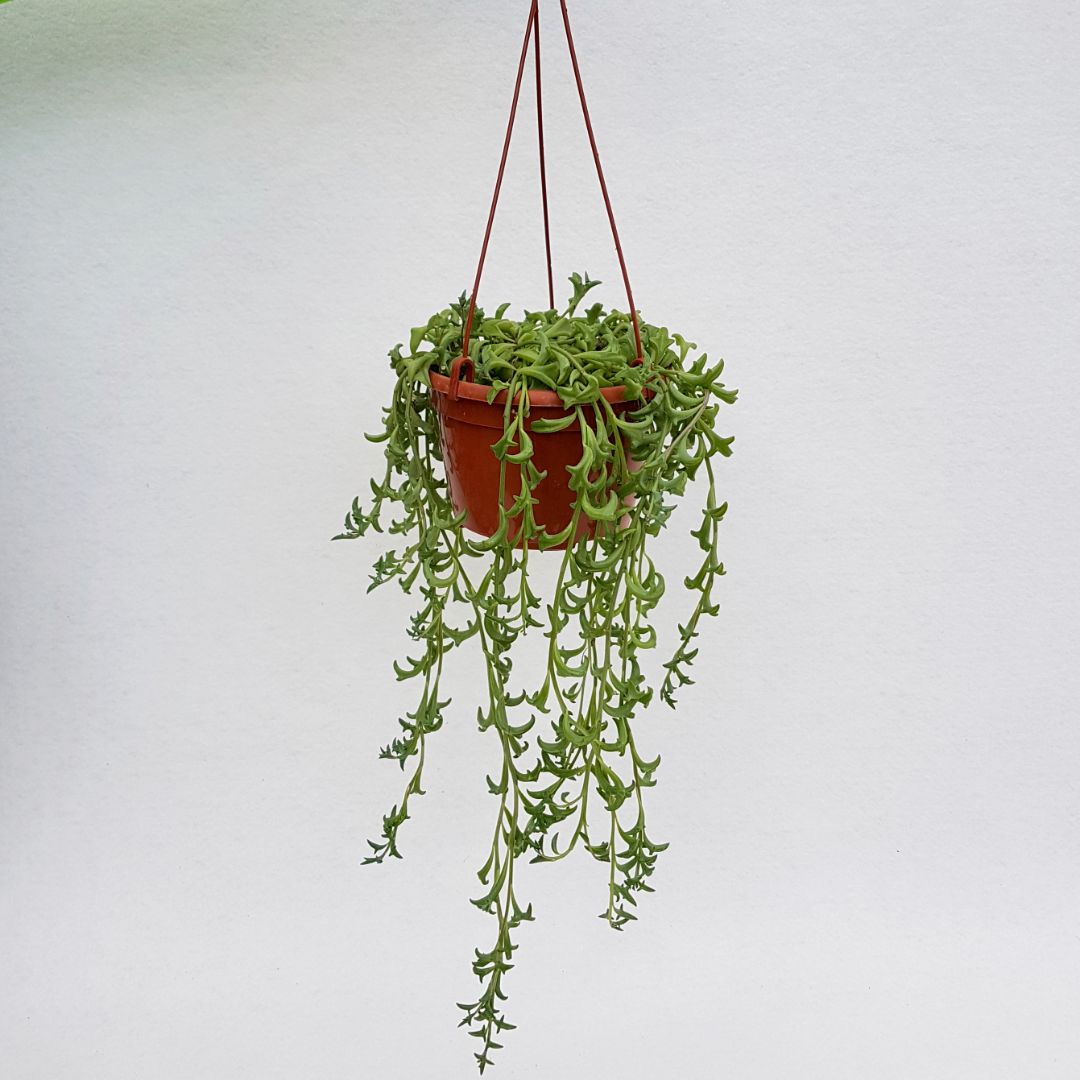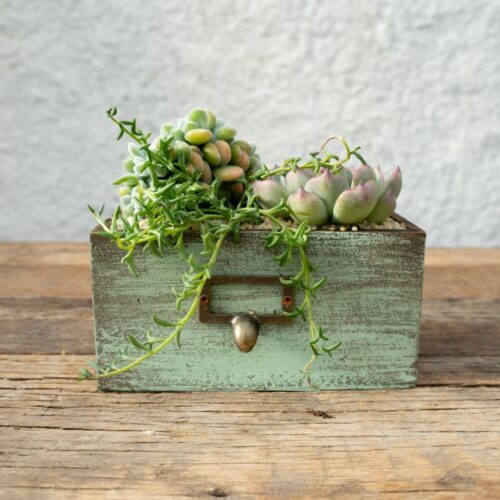A genus of easy-to-care-for houseplants
The Senecio genus encompasses a diverse range of ornamental plants, increasingly appreciated in both gardens and indoor spaces. These plants stand out for their succulent morphology and incredible adaptability, capable of enriching any environment with a touch of greenery and color. It’s no surprise, then, that they are particularly beloved by hobbyists and gardeners, thanks to their ability to thrive in various conditions, making them the ideal choice for those looking to beautify their surroundings.
Botanical characteristics
Plants in the Senecio genus come in a fascinating variety of shapes and colors. Take, for example, the Senecio herreianus, distinguished by its trailing stems and small, fleshy leaves, perfect for pot cultivation.
Other species, like the Senecio jacobsenii, exhibit a more upright growth habit, adorned with dense, attractive rosettes of leaves. Not to be forgotten is the Senecio macroglossus, known for its large leaves and vigorous growth, making it suitable for various decorative needs.

Another fascinating aspect of Senecio plants is their extraordinary ability to adapt to different environmental conditions. Many of these specimens have developed unique strategies to survive in extreme habitats. For instance, some species can tolerate strong winds and high temperatures, making them ideal for coastal gardens. Others, like the Senecio radicans, are particularly valued for their ability to take root even in poor soils, demonstrating that, despite challenges, thriving is possible. Their nutrient-rich leaves also offer an interesting field of research in pharmacology, suggesting potential therapeutic applications.
Additionally, the inflorescences of many of these plants add an extra touch of charm, thanks to their variety of colors and shapes.
Soil and watering
To ensure the health of Senecio plants, good soil drainage is essential. It is recommended to use a well-draining, sandy soil mix, perhaps composed of peat and pumice, to promote root growth without the risk of waterlogging. Watering needs vary among species; for example, the Senecio peregrinus requires more frequent watering, while the Senecio articulatus shows greater tolerance to drought. It is crucial to avoid overwatering, as root rot poses a serious threat to these plants. In general, moderate watering, allowing the soil to dry out between waterings, promotes healthy growth.

Care and maintenance
Caring for Senecio plants goes beyond watering and fertilizing. It is essential to watch out for pests, which can pose a threat to their health. Among the most common are mealybugs and spider mites, which can infest plants, especially in dry environments. Regular inspection of the leaves will help detect any issues early. Additionally, it is helpful to remove any dead or wilted leaves to encourage the growth of new buds. Finally, during the winter months, it is advisable to limit watering and reduce exposure to intense light to allow for an adequate period of dormancy, essential for vigorous regrowth in spring.
Fertilization
Fertilization should not be overlooked, especially during the growing season. It is recommended to use a balanced, slow-release fertilizer, capable of providing a steady supply of nutrients without overloading the roots. Generally, an application every 4-6 weeks is sufficient to ensure abundant flowering and lush growth. Houseplants, in particular, will benefit from this type of support, as indoor environments can limit access to natural nutrients.
Light exposure
Senecio plants thrive in bright, well-lit exposures. However, some varieties, like the Senecio haworthii, adapt well to partial shade, making them ideal for environments with indirect light. Proper exposure not only promotes photosynthesis but also influences the quality of the inflorescences. Other varieties, like the Senecio fulgens, can tolerate direct sunlight, provided they are gradually acclimated to such conditions. Understanding the specific needs of each plant is therefore crucial to ensuring their health and vigor.
Curiosities and varieties
The world of Senecio plants is incredibly rich in fascinating varieties. Among the most famous is the Senecio peregrinus ‘Dolphins’, characterized by dolphin-shaped leaves that capture everyone’s attention. Another noteworthy variety is the crested Senecio anteuphorbium, which exhibits a unique and captivating growth pattern.

These plants are not just a joy to behold; many of them have fascinating stories tied to their origins. The Senecio crassissimus is known in some cultures as a bringer of luck and good health. Ancient South African tribes particularly used the Senecio macroglossus as a medicinal plant, exploiting its anti-inflammatory potential. Additionally, there is growing interest among collectors for rare Senecio varieties, which often fetch high prices in plant markets. Their unique characteristics and the meticulous care required to grow them have spurred many enthusiasts to exchange cuttings, creating a vibrant community that shares valuable tips and tricks.
Many of these plants not only beautify spaces with their charm but are also surrounded by legends and symbolism, making them even more intriguing for those who cultivate them. In various cultures, Senecio has been considered a symbol of resilience and adaptability.
Senecio plants offer an unmissable opportunity to enrich gardens and indoor spaces with extraordinary, easy-to-care-for varieties. By understanding their botanical characteristics, cultivation needs, and the curiosities surrounding them, you can make the most of your gardening experience.

Quick questions and answers
Watering Senecio
How to water Senecio?
Senecio requires moderate watering. Let the soil dry out between waterings to avoid waterlogging.
When to water Senecio?
In summer, water every 7-10 days; in winter, reduce to once a month or less.
Why does Senecio dry out?
It could be due to overwatering (root rot) or underwatering (dehydration). Check the soil and adjust watering.
Care and maintenance
How to care for Senecio?
Provide bright light, well-draining soil, and moderate watering. Avoid waterlogging and protect from cold.
How to save a struggling Senecio?
Check watering, drainage, and light exposure. Remove rotten parts and repot if necessary.
Light and placement
Where to place Senecio?
In a bright spot with indirect or morning direct light. Avoid intense midday sun.
How much light does Senecio need?
It needs at least 4-6 hours of light per day. In winter, place it near a window.
Propagation
How to propagate Senecio?
Through stem or leaf cuttings. Let the cuttings dry for 1-2 days, then plant them in sandy soil.
Flowering
When does Senecio bloom?
Most species bloom in spring or summer, with small daisy-like flowers.
Characteristics
How many types of Senecio are there?
There are over 1,000 species, including Senecio rowleyanus, Senecio angulatus, and Senecio serpens.
What does Senecio symbolize?
It symbolizes resilience and adaptability, thanks to its ability to survive in arid conditions.









